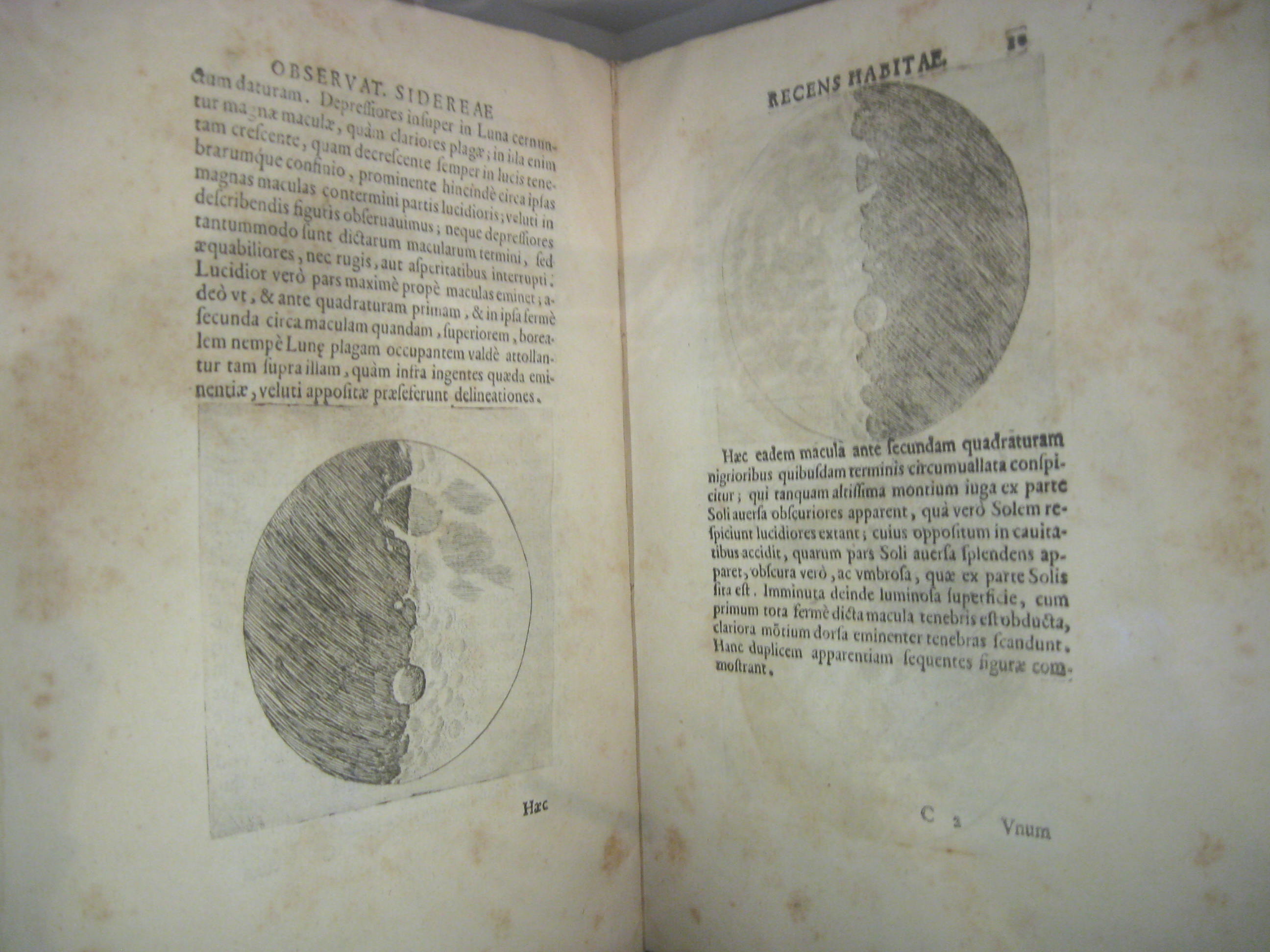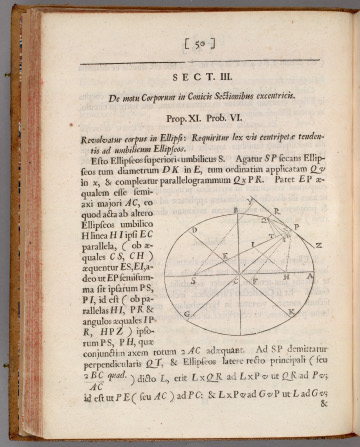- About MAA
- Membership
- MAA Publications
- Periodicals
- Blogs
- MAA Book Series
- MAA Press (an imprint of the AMS)
- MAA Notes
- MAA Reviews
- Mathematical Communication
- Information for Libraries
- Author Resources
- Advertise with MAA
- Meetings
- Competitions
- Programs
- Communities
- MAA Sections
- SIGMAA
- MAA Connect
- Students
- MAA Awards
- Awards Booklets
- Writing Awards
- Teaching Awards
- Service Awards
- Research Awards
- Lecture Awards
- Putnam Competition Individual and Team Winners
- D. E. Shaw Group AMC 8 Awards & Certificates
- Maryam Mirzakhani AMC 10 A Awards & Certificates
- Two Sigma AMC 10 B Awards & Certificates
- Jane Street AMC 12 A Awards & Certificates
- Akamai AMC 12 B Awards & Certificates
- High School Teachers
- News
You are here
Discovering the Beauty of Science - The History of Mathematics Course
Our visit to the Huntington was part of a graduate level history of mathematics course at Cal Poly Pomona. Throughout the ten-week quarter students read and discussed original mathematical works from Jacqueline Stedall’s Mathematics Emerging: A Sourcebook 1540-1900, learning about the mathematics and mathematicians of the Age of Enlightenment. Mathematics Emerging provides some historical narrative, but is primarily a collection of facsimiles of mathematical texts alongside their modern translations. The balance between reading, writing and arithmetic throughout the quarter left students feeling that “the materials from the course, extra readings, and class activities made the Huntington Library exhibit an impressive and memorable experience.”
For each seminar-style class meeting, students read and analyzed topics ranging from Euclid’s definitions and Descartes’ notation through Euler’s definition of a function and the calculus of Newton and Leibniz. Throughout the quarter, students submitted weekly written reflections on the readings and class discussions. Students were encouraged to investigate external resources while reading, in order to answer their own questions and to stimulate in-class discussion. As a group, we were not always able to answer our reading questions in a satisfactory manner, and in our meeting with Curator Lewis at the Huntington, we were pleased to have one of our unanswered questions answered. In many of the texts shown in Mathematics Emerging, there is a word or two in the bottom right corner of a page that repeats at the top of the next page (see, for instance, Figure 7, below). Lewis explained to us that this is called a “catch phrase” and helps to aid in flow when reading and smooth the transition between pages.
Figure 7. Moon drawings from Galileo Galilei’s 1610 Sidereus Nuncius (Starry Messenger) (photo by Christine Latulippe)
Before our field trip, each student researched and presented biographies of two eighteenth century mathematicians highlighted in Mathematics Emerging, including Abraham deMoivre, the Bernoullis, Jean Fourier, and Joseph Lagrange; as a class, we created a biography of Isaac Newton. The fact that one of the students had researched and presented a biography of DeMoivre added to the excitement of being in the same room with a first edition of his Doctrine of Chance when we met with the curator at the Huntington.
The Beautiful Science exhibit is accompanied by an interactive web site allowing for further investigation of the interrelated nature of people and ideas. The timelines provided on the Beautiful Science web site present a clear picture of the key players in each of the four highlighted areas of the exhibit, astronomy, light, medicine, and natural history. Although the web site complements the actual exhibit, there is no feeling of redundancy; we visited the web site as part of our preparation for our trip to the Huntington.
Figure 8. A proposition on ellipses in a section on conic sections in a first edition of Isaac Newton's Principia Mathematica (Mathematical Principles), 1687 (© The Huntington Library)
As additional preparation for our visit to the Huntington Library, we devoted two weeks to ideas related to Galileo and astronomy (including watching PBS NOVA’s “Galileo’s Battle for the Heavens”) and to Chapter 5 of Stedall’s Mathematics Emerging, which focuses on Book I of Newton’s Principia. As with our other course readings, students worked through Newton’s definitions and proofs independently and in class, working to understand the context and mathematics involved in Book I of the Principia. Students were able to view one copy of the Principia within the Beautiful Science Exhibit and a second copy during our time with the curator (see Figure 8, above).
While exploring the mathematics and mathematicians of (roughly) the eighteenth century, we considered historical texts and artifacts and the resources we have today that allow us to study the history of mathematics. This emphasis began with the choice of Stedall’s text, which allowed students to see facsimiles of historical texts, and culminated in our Huntington trip, which allowed students to see original copies of historical texts. Other resources utilized include the PBS NOVA film, “Infinite Secrets: The Genius of Archimedes,” which is a captivating introduction to the recent discovery and restoration of Archimedes’ work, The Method. Students were also assigned to read a recent article in the Wall Street Journal (Alter 2009) that describes the process of digital preservation of manuscripts and includes links to digital archives and resources like the Archimedes Palimpsest Project.
Christine Latulippe (California State Polytechnic University, Pomona) and Joe Latulippe (California State Polytechnic University, Pomona), "Discovering the Beauty of Science - The History of Mathematics Course," Convergence (April 2010), DOI:10.4169/loci003445






